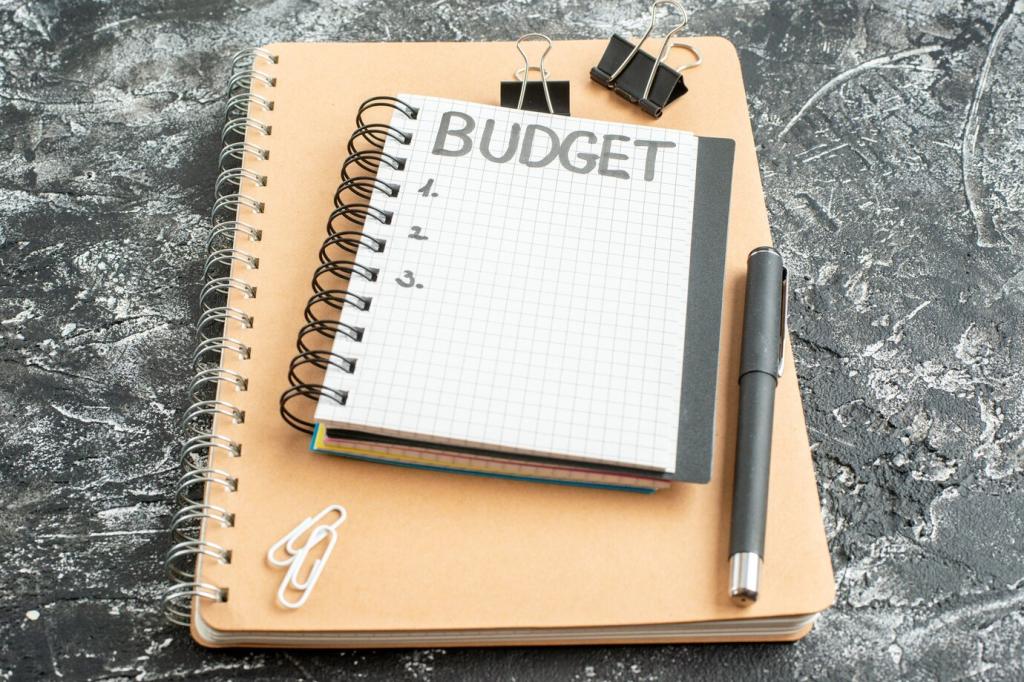Protect Your Plan: Emergency Funds and Debt
Aim for $500–$1,000 quickly by selling items, pausing extras, or taking a short-term gig. This small buffer transforms crises into inconveniences. Share your target date for funding it, and we will check in next week to celebrate your first major safety milestone together.
Protect Your Plan: Emergency Funds and Debt
Snowball builds momentum by paying smallest balances first. Avalanche saves the most interest by targeting highest rates. Choose the method that keeps you consistent. Post your chosen approach and first target debt to make it public and boost your accountability instantly today.



